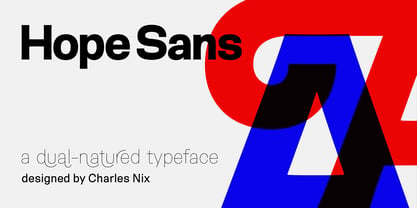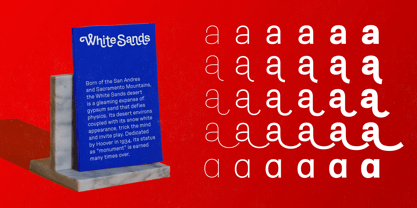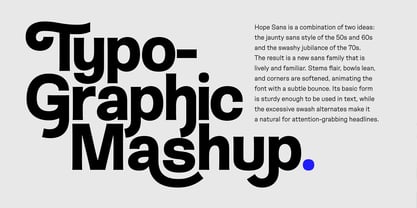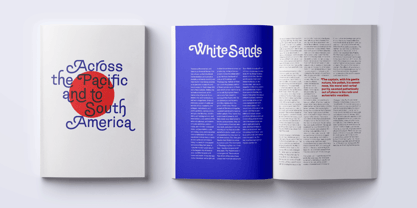Seleccione este tipo de licencia cuando esté desarrollando una aplicación app para iOS, Android o Windows Phone, y vaya a incrustar el archivo en el código de su aplicación móvil. va a incrustar el archivo fuente en el código de su aplicación móvil.
Hope Sans™
por Monotype




- Aa Glifos
-
¡Mejor PrecioPaquetes de familia
- Estilos individuales
- Especificaciones técnicas
- Licencias
Sobre la familia Hope Sans Fuente
Hope Sans™ toma el estilo alegre de las letras de los años 50 y 60 y lo fusiona con las exultantes pinceladas de los años 70 de Bookman. El resultado es una familia sin gracias alegre, atractiva y muy personalizable. Sus formas básicas sin gracias crean textos atractivos, mientras que su espectacular colección de diseños de guiones, caracteres alternativos y ligaduras la convierten en la tipografía natural para pantallas que atraen la atención. Hope Sans ha sido seleccionada por los jueces del 22º Concurso Anual de Diseño Tipográfico TDC para recibir el Certificado de Excelencia Tipográfica. Los pesos medios de la familia son agradables a la vista y brillan en tamaños más pequeños y en bloques de texto. Su ambiente agradable también se traduce bien en proyectos de diseño web e interactivos. El espaciado es abierto, los contadores son grandes y la gama de seis pesos de Hope Sans puede proporcionar el diseño adecuado para prácticamente cualquier necesidad. Los titulares, los subtítulos, los banners y los enlaces de navegación se adaptan perfectamente a los pesos más ligeros y más gruesos, ya sea con o sin las letras swash. "Hope Sans es una caja de pinturas", dice su diseñador, Charles Nix. "En su forma básica, es un grotesco robusto, capaz de ambientar el texto de forma fresca y relajada. Pero un poco de acento con las formas alternativas crea fácilmente un estado de ánimo y un significado totalmente diferentes. Y para los que estén dispuestos a mezclarse de verdad con ella, la variedad de caracteres alternativos puede construir declaraciones tipográficas verdaderamente únicas."
Diseñadores: Charles Nix
Editorial: Monotype
Fundición: Monotype
Propietario del diseño: Monotype
MyFonts debut: null

Acerca de Monotype
La Biblioteca Monotype es una de las mayores y más completas colecciones de tipos de letra del mundo, con diseños originales de importancia histórica y una nueva gama de diseños contemporáneos y de moda fuentes. La Biblioteca Monotype incluye miles de clásicos atemporales, revivals artesanales y diseños originales de muchos de los diseñadores tipográficos y fundiciones más innovadores de la historia. Esta biblioteca distintiva y galardonada de primera calidad fuentes ofrece a marcas y diseñadores una selección amplia y fiable de tipos de letra para una tipografía expresiva en impresión y en pantalla. La página de la Fundición Premium puede consultarse aquí.
Seguir leyendo
Leer menos